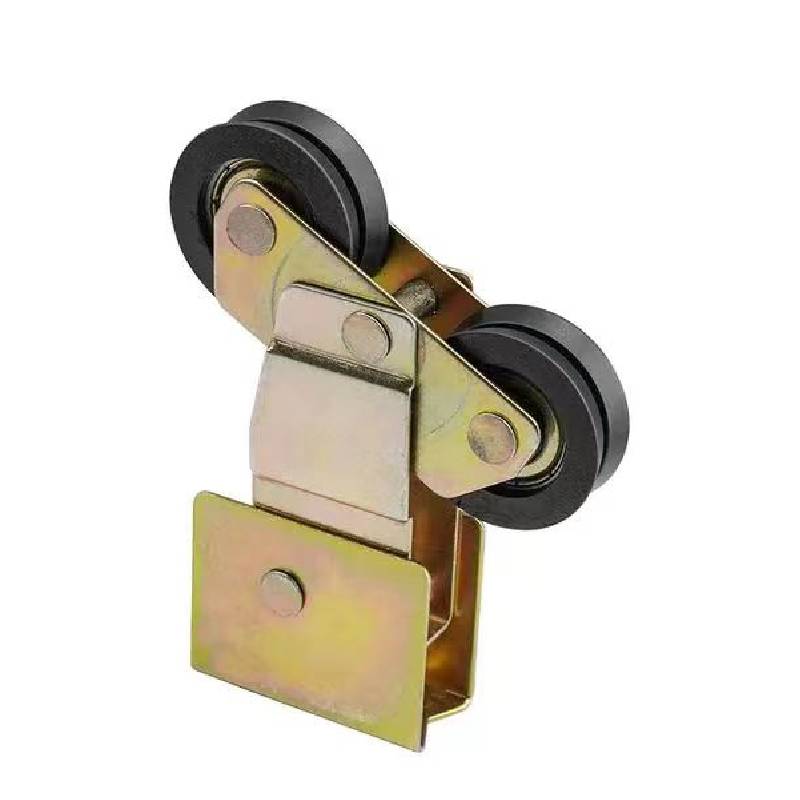cast iron component
The Versatility of Cast Iron Components in Modern Industry
Cast iron has been a vital material in various industries for centuries, known for its durability, strength, and excellent castability. As we delve into the world of cast iron components, it becomes evident why this material continues to be a top choice for manufacturers across different sectors.
The Composition and Properties of Cast Iron
Cast iron is primarily composed of iron, carbon, and silicon, with carbon content ranging from 2% to 4%. This unique combination gives cast iron its remarkable properties, such as high wear resistance, good fluidity, and exceptional casting capabilities. The presence of graphite in its structure enhances its machinability and vibration damping properties, making it ideal for specific applications.
There are various types of cast iron, including gray iron, ductile (or nodular) iron, white iron, and malleable iron, each possessing unique characteristics. Gray iron, one of the most common types, is widely used for engine blocks, pipes, and cookware due to its excellent thermal conductivity and capacity to absorb vibration. Ductile iron, with its added tensile strength and ductility, is favored in applications where high strength and toughness are paramount, such as in automotive components and heavy machinery.
Applications of Cast Iron Components
The versatility of cast iron components is evident across a range of industries. In the automotive sector, cast iron engine blocks, cylinder heads, and exhaust manifolds are essential for performance and durability. The material’s ability to withstand high temperatures and pressure makes it ideal for supporting the rigorous demands of modern engines.
cast iron component

In construction, cast iron components are frequently used for pipes, fittings, and manhole covers. Their corrosion resistance and ability to handle hydraulic pressure make them suitable for underground and high-pressure applications. Moreover, the aesthetic appeal of cast iron has led to its use in architectural elements such as railings, sculptures, and decorative fixtures, combining functionality with historical charm.
The agricultural industry also benefits from cast iron, as components like plowshares, tractor parts, and machinery frames are built for longevity and resilience. Cast iron’s strength allows it to withstand the harsh conditions often encountered in farming, providing reliable performance over extended periods.
The Manufacturing Process
The production of cast iron components involves several steps, including melting, pouring, and solidification. Traditionally, cast iron is created in a furnace where the raw materials are melted at high temperatures. Once melted, the molten iron is poured into molds to form the desired shape. After cooling and solidifying, the components undergo finishing processes, such as machining and surface treatment, to meet specific tolerances and surface requirements.
Technological advancements in manufacturing processes, such as precision casting and 3D printing, have further expanded the possibilities for cast iron components. These innovations allow for greater complexity in design and improved performance characteristics, making cast iron a more competitive choice against other materials.
Conclusion
In conclusion, cast iron components play a pivotal role in modern manufacturing and industrial applications. Their durability, versatility, and cost-effectiveness make them an enduring choice across various sectors, from automotive to construction and agriculture. As technology progresses, the potential for cast iron continues to grow, promising a future where this reliable material remains integral to industry. Whether enhancing performance or contributing to aesthetic designs, cast iron’s legacy is set to continue in the ever-evolving landscape of material science.
-
Window Lock Handle for Security UpgradesNewsJun.20,2025
-
Proper Lubrication Techniques for Sliding Gate WheelsNewsJun.20,2025
-
Ornamental Iron Castings for Interior DesignNewsJun.20,2025
-
Creative Ways to Decorate Around a Cast Iron FireplaceNewsJun.20,2025
-
Cast Iron Pipe and Fitting for Plumbing SystemsNewsJun.20,2025
-
Cast Iron Panel Casting for Architectural ElementsNewsJun.20,2025















